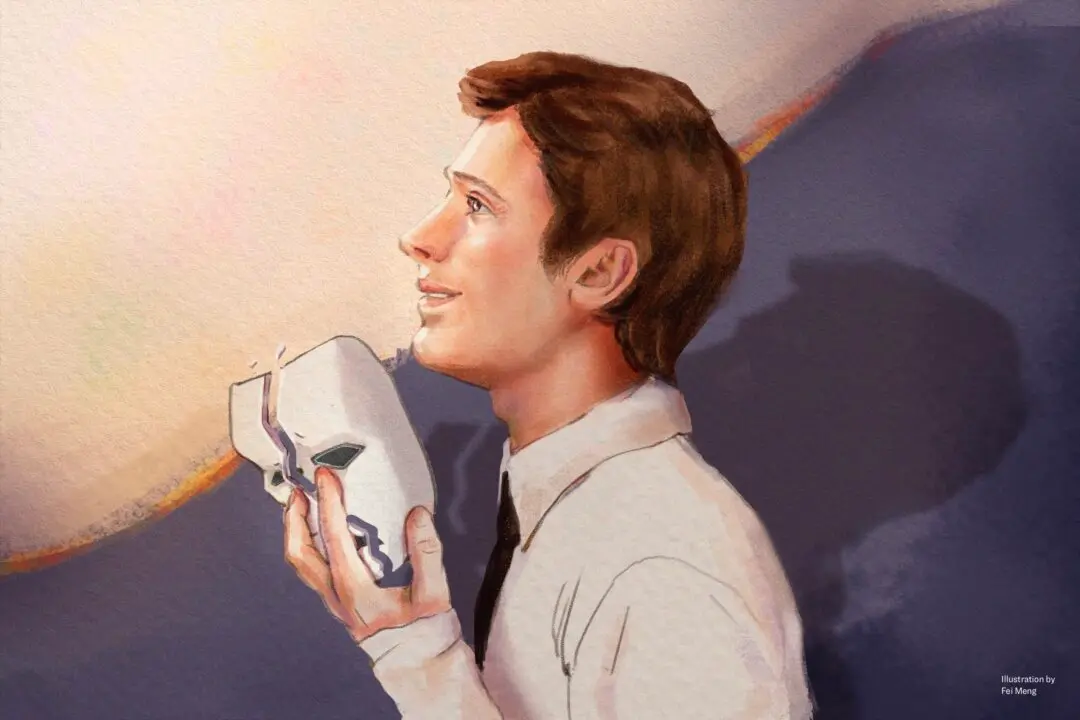Our body is truly amazing, with two vital organs—the heart and the brain—working together seamlessly to keep us alive and healthy. The heart acts as a pump, tirelessly circulating blood through the vascular system, providing oxygen and nutrients to the brain, lungs, and other organs to function properly. The brain serves as the command center, communicating with the body through the nervous system.
The communication between the heart and brain is a dynamic ongoing two-way dialogue, with each organ continuously influencing the other’s function. Recent scientific research has revealed the complex interactions between these two organs, highlighting that the heart can also play a role in behavior and physiology.
Increased Heart Rate Can Trigger Anxiety
A recent study by a group of neuroscientists from Stanford University investigated the relationship between increased heart rate and anxiety behaviors in a particular set of genetically modified mice.Led by Karl Deisseroth, a professor of bioengineering and psychiatry and behavioral sciences at Stanford, the researchers employed a novel, noninvasive optical pacemaker to control electrical activity in the hearts of the mice. When the pacemaker detects light, it activates signaling pathways in light-sensitive cells, eventually transmitting information to the brain that light has been detected.
The study revealed that light stimulation from the optical pacemaker activated specific proteins in the hearts of mice, leading to increased electrical signaling in the heart cells and a subsequent increase in heart rate. The mice became more anxious as their hearts beat faster, and they showed less willingness to explore open areas or look for water.
How Does Heart Rate Variability Influence Anxiety?
The study revealed that activity in the insula—a region of the brain involved in processing emotions and bodily sensations—increased when the heart rate increased.
The researchers also found that inhibiting the insula during optical pacing reduced anxiety behaviors in mice. These results suggest that the insula plays a crucial role in transmitting information about heart rate to the brain, thereby influencing anxiety levels.
Overall, this groundbreaking study provides important insights into how specific brain structures, such as the insula, mediate anxiety-related behaviors in response to heart rate changes.
To put it another way, understanding the origin of mood and emotional states requires considering the mutual involvement of the brain and the heart.
Studies have shown that the heart communicates with the brain in four main ways: through nerve impulses, hormones, pressure waves, and electromagnetic field interactions. This communication is significant and can affect brain activity and may induce anxiety.Heart-to-Brain Communication
The brain serves as the central control system for the entire body, with numerous pathways for signals to travel from the brain to other parts of the body, including the heart. The body uses a complex network of nerves and feedback loops to constantly communicate with the brain.
These nerves act as tiny messengers, collecting information about our internal and external environment, including what we see, smell, touch, and taste. Once this information reaches the brain, it’s processed and combined with other sensory stimuli and memories, resulting in our perception of the world. This means that the colors we see, the scents we smell, and the flavors we taste are all products of our body’s ongoing conversation with the brain.
How Does the Heart-Brain Axis Regulate Anxiety?
The “heart-brain axis” refers to the two-way communication and interaction between the heart and the brain.
The heart is more than just a pump; it has its own internal nervous system that can perceive and respond to its environment independently of the brain. This axis has been shown to play a crucial role in regulating a wide range of physiological and psychological processes, including mood and anxiety.Anxiety is widely acknowledged as a very complex condition, influenced by many factors that vary significantly from one person to another. The heart-brain axis is just one system involved in the body’s response to stress.
When the heart doesn’t function properly, as in the case of heart disease, it may contribute to an imbalance in the heart-brain axis, increasing the risk of anxiety and other mental health disorders.
In short, the heart-brain axis plays a crucial role in regulating anxiety. When the heart is unhealthy, there may be an increased risk of anxiety and other mental health conditions. Conversely, a healthy heart reduces anxiety and stress.
Diagnosis and Symptoms of Anxiety
Anxiety disorders are diagnosed based on specific criteria, as described in the American Psychiatric Association’s Diagnostic and Statistical Manual of Mental Disorders (DSM). It defines anxiety as excessive worry and apprehensive expectations that occur on more days than not for at least six months and involve several events or activities, such as work or school performance.According to the DSM, to meet the diagnostic criteria for generalized anxiety disorder, a person must experience that excessive worry and at least three of the following symptoms:
- restlessness or feeling keyed up or on edge
- being easily fatigued
- difficulty concentrating or mind going blank
- irritability
- muscle tension
- sleep disturbance, such as difficulty falling or staying asleep, or restless and unsatisfying sleep
How to Alleviate Anxiety
Anxiety disorders are the most common mental disorder, affecting almost 30Heart Rate Variability Biofeedback
Heart rate variability (HRV) biofeedback is a popular technique that provides real-time feedback on heart rate and respiration changes while instructing people to breathe in a controlled manner. It has shown promise as an intervention tool for anxiety and depression.Mind-Body Practices
Mind-body practices, including yoga, tai chi, mindfulness meditation, and relaxation techniques, have increasingly been studied for their potential to alleviate anxiety symptoms.- Studies have shown that yoga can reduce anxiety symptoms associated with generalized anxiety disorder, panic disorder, and post-traumatic stress disorder.
- Tai chi has been found to positively affect anxiety symptoms, including reduced levels of stress hormones and improved mood.
- Mindfulness meditation can reduce symptoms of anxiety and depression and may be particularly effective for individuals with anxiety disorders.
- Relaxation techniques, such as progressive muscle relaxation and deep breathing exercises, have also been effective in reducing anxiety symptoms, including panic disorder, anxiety disorder, and social anxiety disorder.
However, it’s important to note that mind-body practices shouldn’t be used as a substitute for conventional treatments but rather as a complementary approach to be used in conjunction with other evidence-based treatments.




